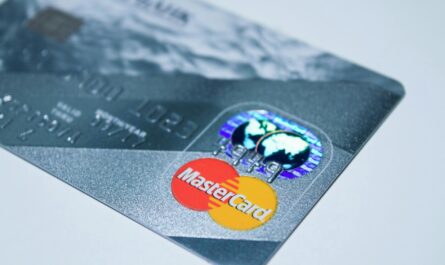Understanding the various types of debt is crucial for making informed financial decisions. Whether you’re planning a large purchase, consolidating existing debt, or simply aiming for better financial health, knowing the differences between various debt forms is key. This post will break down several common debt types to help you navigate the complexities of personal finance.
Secured Debt
Secured debt is backed by collateral, meaning an asset you own is pledged to the lender as security for the loan. If you default on the loan, the lender can seize and sell the collateral to recover their losses. Common examples include mortgages (where your house is the collateral) and auto loans (where your car is the collateral). The interest rates on secured debt are usually lower than unsecured debt because the lender has less risk. 
Unsecured Debt
Unsecured debt isn’t backed by any collateral. This means the lender is taking a greater risk, and consequently, interest rates tend to be higher. Credit cards, personal loans, and most student loans are examples of unsecured debt. Managing unsecured debt effectively requires careful budgeting and responsible spending habits. Learn more about responsible credit card use.
Credit Card Debt
Credit cards are a prevalent form of revolving credit, allowing you to borrow money up to a certain limit and repay it over time. However, high interest rates and minimum payments can make it easy to accumulate significant debt if not managed carefully. Paying only the minimum payment can lead to paying far more in interest in the long run. Always strive to pay more than the minimum to reduce your debt faster and save money. Check your credit score here.
Student Loan Debt
Student loans are specifically designed to finance education. They can be either subsidized (the government pays interest while you’re in school) or unsubsidized (interest accrues while you’re in school). Repayment plans vary, and understanding your repayment options is critical. Explore different student loan repayment plans. 
Mortgage Debt
Mortgages are large loans used to purchase real estate. They are typically secured loans, with the property serving as collateral. Different types of mortgages exist, each with its own terms and conditions. Understanding the different types, such as fixed-rate versus adjustable-rate mortgages, is important when choosing a mortgage. Compare mortgage rates here.
Personal Loans
Personal loans are unsecured loans used for various purposes, such as debt consolidation, home improvements, or medical expenses. They offer a fixed repayment schedule with a predetermined interest rate. Comparing interest rates and terms from multiple lenders is recommended before taking out a personal loan. [IMAGE_3_HERE]
Conclusion
Understanding the nuances of different debt types is essential for effective financial planning and management. By carefully evaluating the risks and rewards associated with each type of debt, you can make better financial decisions and achieve your long-term financial goals. Remember, responsible debt management is crucial for building a secure financial future. Read more about building a strong financial foundation.
Frequently Asked Questions
What is the difference between secured and unsecured debt? Secured debt is backed by collateral, while unsecured debt is not.
How can I avoid accumulating excessive credit card debt? Pay more than the minimum payment each month and track your spending diligently.
What are the benefits of consolidating debt? Debt consolidation can simplify payments and potentially lower interest rates.
What is the best way to manage student loan debt? Create a repayment plan that fits your budget and explore options for loan forgiveness programs.
Where can I find more information on personal finance? You can explore resources from the Consumer Financial Protection Bureau or reputable financial websites.



